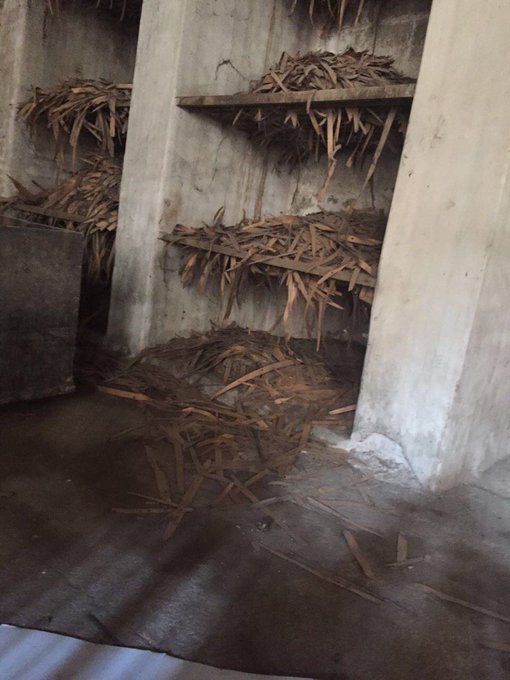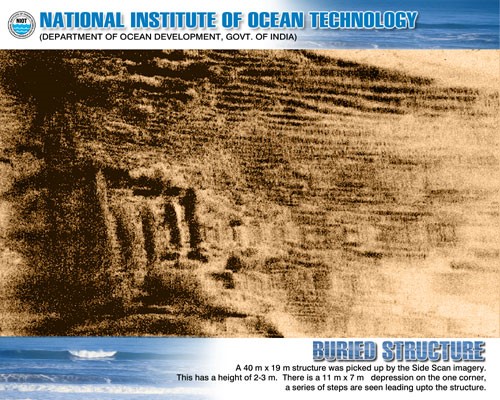A nice, easy to read X post about Onam, Kerala's most important festival.
For the ease of reading I am avoiding quote function.
https://x.com/Bharatiyan108/status/1963 ... XWddQ&s=19
...
Contradiction 1: Did Mahabali really rule Kerala?
While the Puranas don’t identify Mahabali as a ruler of Kerala, various regions across India-Ballia, Mahabaleshwar, Mahabalipuram-have linked him to their own sacred geography.
Bharuch and Bali’s Yajna on the Narmada
Ancient Bharuch, known in sacred lore as Bhrigukaccha, is traditionally linked to King Bali’s legendary Ashvamedha Yajna. According to the Bhagavata Puraṇa, Bali performed this grand ritual on the northern bank of the Narmada River, where Vishnu’s Vamana avatar approached him in his Brahmachari form. The site’s spiritual legacy, tied to both sage Bhrigu and Vaishnava lore, makes Bharuch a compelling candidate in the geographic tapestry of Bali’s kingdom.
His yajna, the defining moment of his encounter with Vamana, is placed in western India, not the southern coast. The association of Mahabali with Kerala therefore is not a Puranic fact.
...
Contradiction 2: The Legend of Kerala’s Creation
...
According to Kerala’s own sacred lore, it was Parashurama, the sixth avatar of Vishnu, who created the land of Kerala by throwing his axe into the sea. This act of land reclamation is described in the Keralolpathi, a 16th–17th century regional chronicle, and echoed in the Skanda Purana, where Parashurama distributes the newly formed land to Brahmins.
So here’s the paradox: if Mahabali was subjugated by Vamana, the fifth avatar, how could he have ruled Kerala-a land that, according to tradition, didn’t even exist until Parashurama, the sixth avatar, created it?
...
Contradiction 3: Kerala in Sangam Literature Vs Mahabali Myth
While Onam is celebrated today as Kerala’s harvest festival honoring King Mahabali and Vishnu’s Vamana avatar, its earliest literary echoes may lie in Tamil Sangam literature, particularly in Maduraikanchi, a 3rd-century CE poem by Mangudi Marudhanar.
The poem vividly describes a grand festival in Madurai, featuring celebrations of Mayon (Vishnu), temple rituals, elephant processions, and people wearing new clothes and exchanging gifts—hallmarks of Onam even today.
Though the poem doesn’t mention Mahabali or Vamana, scholars interpret its festive imagery as a precursor to Onam, suggesting that such Vishnu-centered seasonal celebrations may have originated in Tamilakam, before becoming deeply rooted in Malayali culture.
..
Contradiction 4: Bali’s Annual Visit and Onam
Balipratipada marks King Mahabali’s yearly return to Earth, a boon granted by Vishnu after the Vamana avatar. Celebrated on the first day of Kartika Shukla Paksha, it usually falls in October or November, right after Diwali.
The observance has scriptural roots in Puranas like the Brahma and Kurma, and dates back to ancient Indian ritual culture.
Today, it’s widely celebrated in Maharashtra, Karnataka, Gujarat, Himachal Pradesh, and parts of North India, often as Bali Padwa, Bali Padyami, or the Gujarati New Year (Bestu Varas)
In short, the idea that Mahabali returns annually during Onam has no scriptural foundation. In other words, there is no connection between Onam and Bali’s annual visit.
...
In tradition, Lord Vamana, the fifth avatar of Vishnu, is believed to have been born under the Shravana Nakshatra, a specific lunar constellation used in the Vedic calendar system. In South Indian calendars, especially in Tamil and Malayalam, this same star is known as Thiruvonam.
Shravana/Thiruvonam is considered sacred and is ruled by Vishnu himself. It’s deeply revered in Vaishnava tradition, especially as the birth star of Vamana.
In other words, Onam, celebrated in Kerala on the day of Thiruvonam, aligns with the birth star of Vamana. This celestial timing reinforces the spiritual depth of Onam, linking it to Vamana’s divine incarnation and the restoration of cosmic balance, and certainly not to Bali’s annual visit to Kerala.
For auspicious festivals like Vamana Jayanti, the date is determined by tithi (lunar phase), not nakshatra (star alignment). So while Thiruvonam marks the Shravana nakshatra, Vamana Jayanti this year falls on September 4th, based on the Dwadashi tithi of Shukla Paksha in Bhadrapada.
...
Mahabali's Umbrella
Mahabali is seen visiting Kerala with a wooden umbrella. Have you ever seen any depiction of ancient kings walking around, carrying such wooden umbrellas?
Or do we find such umbrellas being carried by Brahmacharis? Did someone replace Vamana with Mahabali intentionally?
Maaveli Naadu Vaaneedum Kaalam
One of the earliest documented references to Onam in connection with Mahabali’s rule over Kerala dates back to less than a century ago, when Sahodaran Ayyappan published the poem “Maaveli Naadu Vaaneeum Kaalam” in 1934.
Kerala has produced towering literary figures such as Thunchaththu Ezhuthachan, the father of modern Malayalam literature, along with Cherusseri, Poonthanam and several others. Yet, strikingly, none of them wrote about Mahabali ruling Kerala or making an annual return during Onam.
This conspicuous silence in centuries of classical literature strongly suggests that the idea of Bali’s yearly visit is not an ancient truth, but a later legend superimposed onto the festival.
...
No Historical Records or Travelogues
Based on available historical records and travelogues from European, Arab, and Chinese visitors to Kerala, there is no documented mention of Onam as a festival celebrating Mahabali’s annual return.
..There are plenty of Vamana murthy temples in Kerala. However, there is no Mahabali temple in Kerala.

